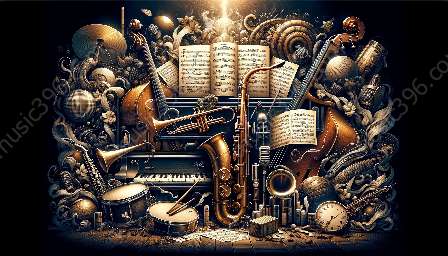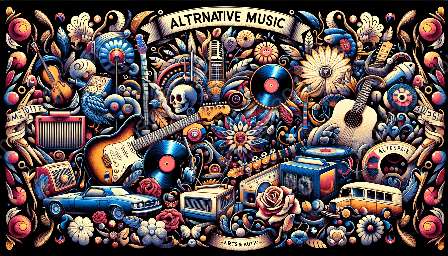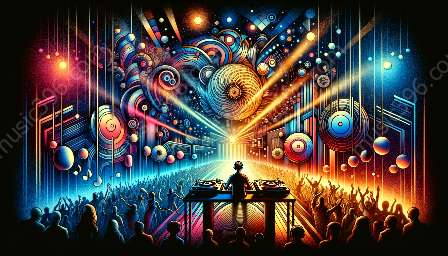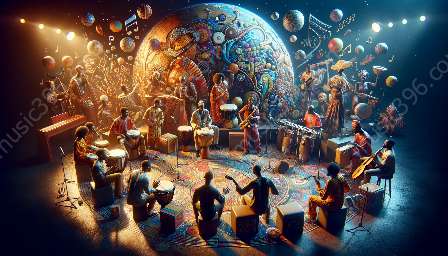Trap music has become one of the most popular and influential genres in modern music. To master trap music production, one must understand the history, characteristics, and production techniques that define this unique and dynamic genre. In this comprehensive guide, we will explore the origins of trap music, its defining features, and the essential production tools and techniques necessary for creating compelling trap music. We will also examine the relationship between trap music and other music genres, highlighting the interconnected nature of music production and the diverse influences that shape modern music.
The Evolution of Trap Music
Before delving into the intricacies of trap music production, it is important to understand the genre's roots and evolution. Trap music originated in the southern United States, particularly in Atlanta, Georgia, during the early 1990s. It was heavily influenced by the experiences and struggles of urban communities, reflecting the realities of inner-city life through its lyrics, rhythm, and sound.
Initially, trap music was characterized by its use of Roland TR-808 drum machines, heavy basslines, and aggressive, high-energy beats. Over time, trap music evolved to incorporate a wider range of sounds and production techniques, integrating elements of electronic music, hip-hop, and EDM. Today, trap music has become a dominant force in the music industry, permeating popular culture and inspiring a new generation of producers and artists.
Characteristics of Trap Music
Understanding the fundamental characteristics of trap music is essential for mastering its production. The genre is defined by its distinct rhythmic patterns, intricate hi-hat rolls, deep 808 bass, and melodic, often minor-key compositions. Trap music often features ominous, atmospheric elements, creating a sense of tension and urgency that resonates with its audience.
Lyrically, trap music often reflects on themes of struggle, perseverance, and triumph over adversity, providing a platform for artists to convey their personal experiences and emotions. The fusion of rhythmic complexity, sonic intensity, and poignant storytelling sets trap music apart as a compelling and evocative genre.
Tools and Techniques for Trap Music Production
Mastering trap music production requires proficiency with a diverse set of tools and techniques. From digital audio workstations (DAWs) to software synthesizers and drum machines, producers must harness the power of technology to craft innovative and compelling trap music.
Key elements of trap music production include sound design, arrangement, mixing, and mastering. Sound design involves sculpting and creating unique sounds, such as signature 808 basslines, hard-hitting snares, and intricate hi-hats. Arrangement is the art of structuring and organizing musical elements to build tension, anticipation, and release within a track. Mixing and mastering are crucial to achieving a polished, professional sound, balancing frequencies, dynamics, and spatial effects to enhance the overall sonic impact.
Additionally, producers often incorporate sampling, vocal manipulation, and experimental sound processing techniques to push the boundaries of traditional production methods, resulting in fresh and innovative trap music compositions.
Trap Music and Its Influence on Other Genres
The impact of trap music extends beyond its own genre, shaping and influencing a diverse range of musical styles and movements. Its fusion of electronic, hip-hop, and urban sounds has influenced not only the mainstream music industry but also subgenres such as trapstep, future bass, and drill music.
Furthermore, trap music has catalyzed cross-genre collaborations, blurring the boundaries between different musical traditions and pushing the evolution of contemporary music. Its influence can be heard in pop, rap, and electronic productions, demonstrating the versatility and adaptability of trap music within the broader landscape of music genres.
Conclusion
Mastering trap music production is a multifaceted and dynamic endeavor that requires a deep understanding of the genre's history, characteristics, and production techniques. By delving into the evolution of trap music, its defining features, and the essential tools and techniques for production, aspiring producers can cultivate the skills and knowledge necessary to create captivating and impactful trap music compositions.
Furthermore, the interconnected nature of trap music with other music genres underscores the rich tapestry of influences and creative possibilities within contemporary music production. As trap music continues to evolve and intersect with diverse musical styles, its impact on the music industry and culture at large remains a compelling and influential force.












































